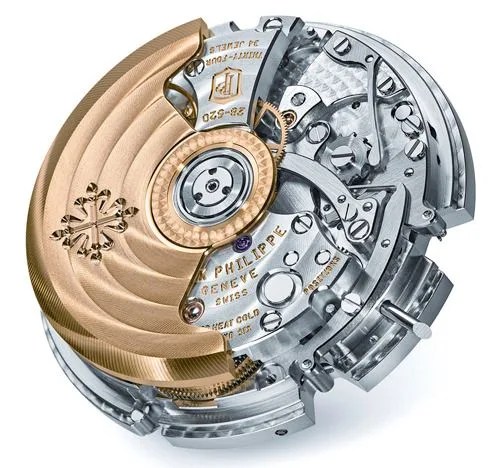Famed watch designer Gerald Genta sat alone in the restaurant of a hotel in Basel, Switzerland in the spring of 1974. It was lunchtime and the Basel Watch Fair was in full swing across the street. At a table tucked in a corner across the room, some staffers from Patek Philippe were quietly eating.
“Bring me a piece of paper and a pencil”, Genta said to the headwaiter. “I want to design something.” As the people from Patek ate, Genta watched and sketched. In a few minutes he was finished.
The subject of the sketch: the original design for the Patek Philippe Nautilus. Such is the genesis of legends. 40 years and dozens of Nautilus models later, Patek Philippe has come out once again with a genre-crusher, the Nautilus Travel Time Chronograph, ref. 5990/1A.
The Aquanaut Travel Time (ref. 5164/A) and the Nautilus Chronograph (ref. 5980/1A) are the Nautilus Travel Time Chrono’s forebears. No, it’s not another GMT, and it’s much more than a timer. A lovechild combining its parents’ best traits, it’s a truly utilitarian timepiece for the globetrotter. As he skips across timezones, the intercontinental traveler can instantly and painlessly reset the watch to the new “local” time at the press of a button, while leaving “home” time alone.

The black brass dial is marked with horizontal embossing, a look in keeping with other watches in the Nautilus family. Hour markers are applied with white gold luminescent coating. Since the hour in each timezone is indicated by its own hour hand (no military-time confusion here), our traveler must also instantly know whether it’s day or night in each location. Regardless, small indicator windows at 3:00 and 9:00 tell the tale for each, with white for day or deep blue for night.
